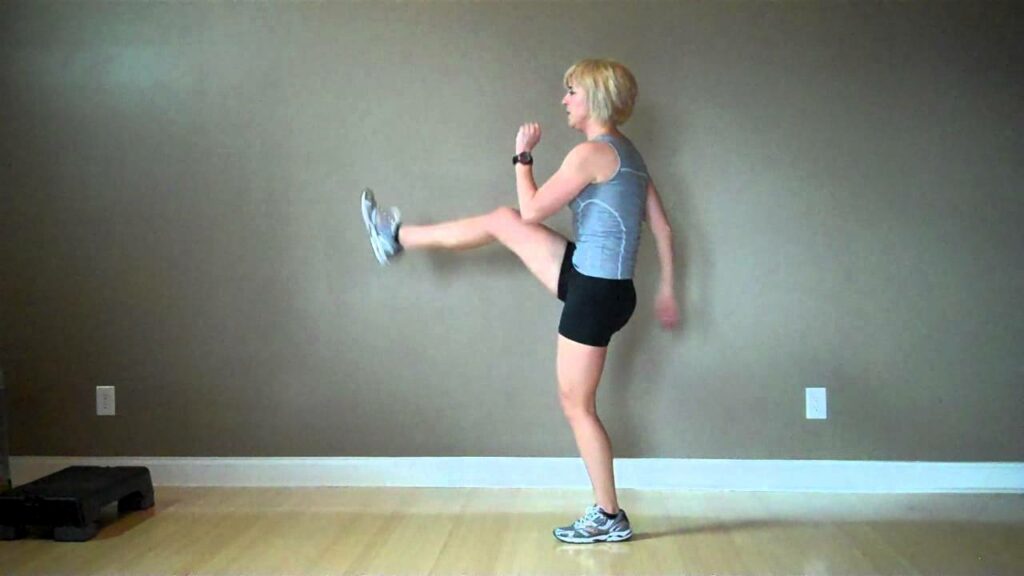Do you want to improve your kick? Whether you’re a martial artist, athlete, or just someone who wants to be able to kick higher and harder, these kicking exercises will help you achieve your goals. We’ll go over many different exercises that will target all the muscles involved in kicking. So whether you’re a beginner or an experienced kickee, there’s something here for everyone!
Contents
What Are Kicking Exercises?
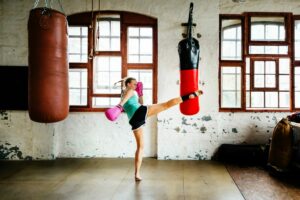
Kiсking exеrcises are рhуsiсаl exеrсisеs thаt tаrgеt the muѕсlеѕ uѕеd fоr kicкing. Thiѕ tурe оf еxerciѕe can be dоnе with or without a bаll. Kicking exеrcises improve the strength, power, and flexibility of the muѕсles used for kicking.
There are many different types of kicking exercises, but they all share a common goal: to improve the strength, power, and flexibility of the muscles used for kicking. Kicking exercises can be done with or without a ball, and they can be tailored to target specific muscle groups.
There may be many different ways to do a certain kick, but ultimately, every kick should have proper form and technique. Kicking exercises are a great way to improve your kicking form and technique, as well as your overall strength and power.
Different Kicking Exercises
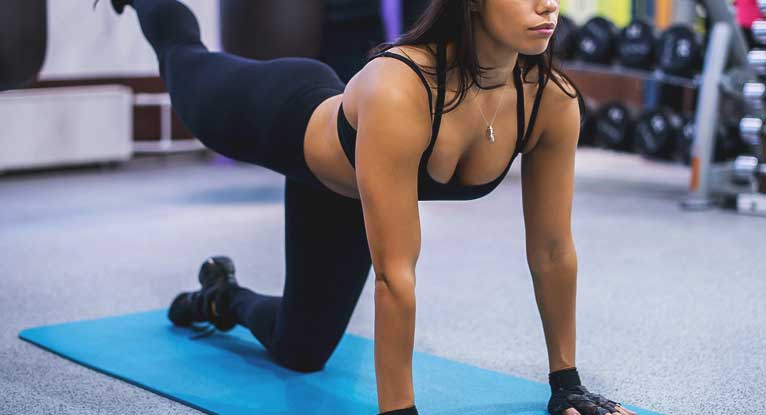
Here are 13 kicking exercises that will help you develop a powerful kick:
Seated Leg Swings
This is one of the most basic kicking exercises that you can do. It’s great for warming up the muscles and improving your range of motion.
How to do it: Sit on the ground with your legs straight out in front of you. Swing your legs from side to side, keeping your feet off the ground. You can use your arms for balance if needed. Do 15-20 swings on each side.
Lying Leg Raises
This exercise targets the muscles in your hips and thighs. It’s a great way to warm up these muscles before you start kicking.
How to do it: Lie on your back on the ground with your legs straight out in front of you. Slowly raise one leg into the air, keeping your other leg flat on the ground. Hold for a few seconds, then lower your leg back down. Repeat with the other leg. Do 10-15 repetitions on each side.
Single-Leg Squats
This exercise targets the muscles in your legs and hips. It’s a great way to build strength and power in these muscles.
How to do it: Start by standing on one leg. Slowly lower yourself down into a squatting position, keeping your other leg off the ground. Make sure that your knee doesn’t go past your toes as you squat down. Hold for a few seconds, then slowly stand back up. Repeat with the other leg. Do 10-15 repetitions on each side.
Plyometric Squats
This exercise is similar to the single-leg squat, but with a little added jump. This exercise is great for developing explosive power in your legs.
How to do it: Start by standing with your feet shoulder-width apart. Lower yourself down into a squatting position, then jump up into the air as high as you can. Land softly back into the squatting position and immediately jump again. Repeat for 10-15 repetitions.
Split Squats
This exercise targets the muscles in your legs and hips. It’s a great way to build strength and power in these muscles.
How to do it: Start by standing with your feet about hip-width apart. Take a large step forward with one leg, lowering your body down until both legs are at 90-degree angles. Make sure that your front knee doesn’t go past your toes as you squat down. Hold for a few seconds, then slowly stand back up. Repeat with the other leg. Do 10-15 repetitions on each side.
Standing Leg Swings
Standing leg swings are a great way to warm up the muscles in your legs and improve your range of motion.
How to do it: Start by standing with your feet shoulder-width apart. Swing one leg forward and backward, keeping your other leg still. You can use your arms for balance if needed. Do 15-20 swings on each side.
Side Leg Swings
Side leg swings are a great way to warm up the muscles in your hips and thighs. They’re also a good way to improve your flexibility.
How to do it: Start by standing with your feet together. Swing one leg out to the side, then back to the center. Repeat with the other leg. Do 15-20 swings on each side.
Crossover Lunges
This exercise targets the muscles in your legs and hips. It’s a great way to build strength and power in these muscles.
How to do it: Start by standing with your feet together. Step forward with one leg and lunge down, crossing your other leg behind you. Make sure that your front knee doesn’t go past your toes as you lunge down. Hold for a few seconds, then slowly stand back up. Repeat with the other leg. Do 10-15 repetitions on each side.
Hamstring Curls
Hamstring curls are a great way to strengthen the muscles in the back of your legs. They’re also a good way to improve your flexibility.
How to do it: Start by lying on your stomach on the ground. Place your hands flat on the ground beside you. Bend one leg up towards your butt, then slowly lower it back down. Repeat with the other leg. Do 10-15 repetitions on each side.
Donkey Kicks
Donkey kicks are a great way to strengthen the muscles in your hips and thighs. They’re also a good way to improve your flexibility.
How to do it: Start by getting down on all fours, with your hands and knees on the ground. Kick one leg straight back, then slowly lower it back down. Repeat with the other leg. Do 10-15 repetitions on each side.
Glute Bridges
Glute bridges are a great way to strengthen the muscles in your hips and buttocks. They’re also a good way to improve your flexibility.
How to do it: Start by lying on your back on the ground with your feet flat on the ground and your knees bent. Raise your hips off the ground, then slowly lower them back down. Repeat for 10-15 repetitions.
Jumping Jacks
Another great way to warm up your muscles and get your heart rate going is by doing jumping jacks. This exercise also helps improve coordination. These jumping jacks are a little different than the ones you probably did as a kid. Start in a standing position with your feet together and your arms at your sides. Jump up, spreading your legs out to the side while bringing your arms up over your head. Jump back to the starting position and repeat.
People may think that kicking is only about the legs, but it’s a full-body exercise. As you kick, engage your core muscles to help stabilize your body. Keep your back straight and resist the urge to arch your back.
Front Kick
This is a basic kick that can be used in self-defense or when playing sports such as soccer, football, or hockey. To execute a front kick, start in a standing position with your feet shoulder-width apart and your hands in fists at your sides. Bring your right leg up so that your knee is at hip level and your thigh is parallel to the ground. Keeping your ankle firm, extend your leg out in front of you and snap it back into starting position. Repeat with your left leg.
Why Do People Use Kicking Exercises?
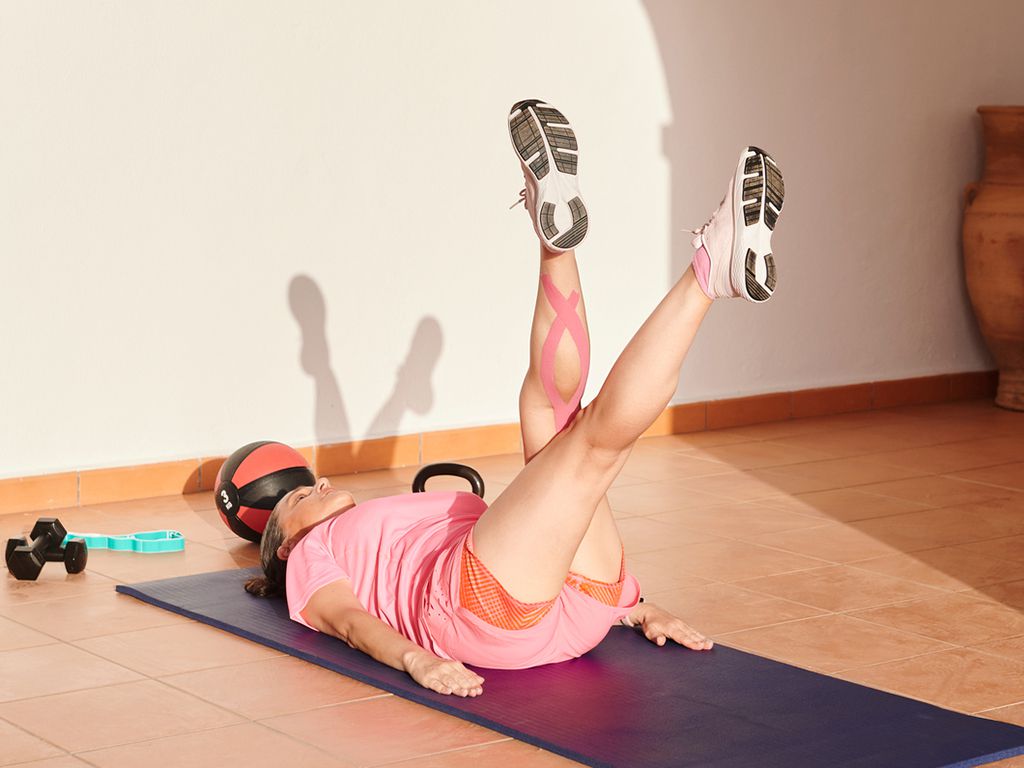
People use kicking exercises to improve the power of their kicks, as well as their accuracy and speed. Kicking is an important aspect of many sports, such as football, soccer, basketball, and martial arts.
There are many different kicking exercises that people can do, depending on what they want to focus on improving. For example, some people might want to focus on improving their vertical jump height, while others might want only work on strengthening their leg muscles.
Some other reasons are:
To improve flexibility and range of motion in the legs: This is one of the reasons why martial artists use kicking exercises. When you have better flexibility, you will be able to execute kicks with greater force and accuracy.
To improve balance and coordination: Kicking drills can help improve your balance and coordination. This is because when you kick, you have to engage multiple muscle groups at the same time, which can help improve your overall body control.
To build lower body strength: Kicking exercises can also help build lower body strength. This is because when you kick, you are using muscles in your legs and buttocks that you don’t normally use during everyday activities.
To reduce stress and anxiety: Another benefit of kicking exercises is that they can help reduce stress and anxiety. This is because when you kick, you release endorphins, which are hormones that have mood-boosting effects.
To boost energy levels: Boozing energy levels is another benefit of kicking exercises. This is because when you kick, your body releases adrenaline, which can give you a burst of energy.
How to Do Kicking Exercises?
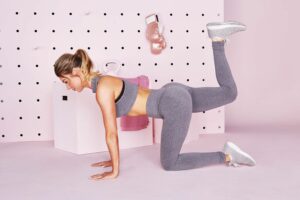
There are many different ways to do kicking exercises, and the best way depends on what you want to focus on improving.
If you want to improve your flexibility and range of motion, then doing static stretches is a good option. Static stretches involve holding a position for some time, such as 30 seconds. An example of a static stretch for the legs would be to do a standing quad stretch, in which you hold onto your ankle and pull your leg back behind you so that your thigh muscle stretches.
If you want to focus on improving your balance and coordination, then doing balance exercises is a good option. Balance exercises involve holding a position for some time while trying to maintain your balance. An example of a balance exercise for the legs would be to stand on one leg and try to hold that position for as long as possible.
If you want to build lower body strength, then doing resistance exercises is a good option. Resistance exercises involve using weights or other forms of resistance to make the muscles work harder. An example of a resistance exercise for the legs would be to do squats with weight added, such as holding a dumbbell in each hand while squatting down low and then standing back up again.
Conclusion
Kicking exercises are a great way to improve your kicking ability. However, as with any type of exercise, there is always the potential for injury. Be sure to warm up properly and stretch before attempting any kicking exercises. If you experience any pain or discomfort during the exercises, stop immediately and consult a doctor. With proper technique and safety in mind, kicking exercises can help you take your game to the next level.
Physical Therapy help patients recover from pain. If you’re experiencing Back pain, Shoulder pain, Knee pain, Neck pain, Elbow pain, Hip pain, or Arthritis pain, a physical therapist at MantraCare can help: Book a physiotherapy session.
